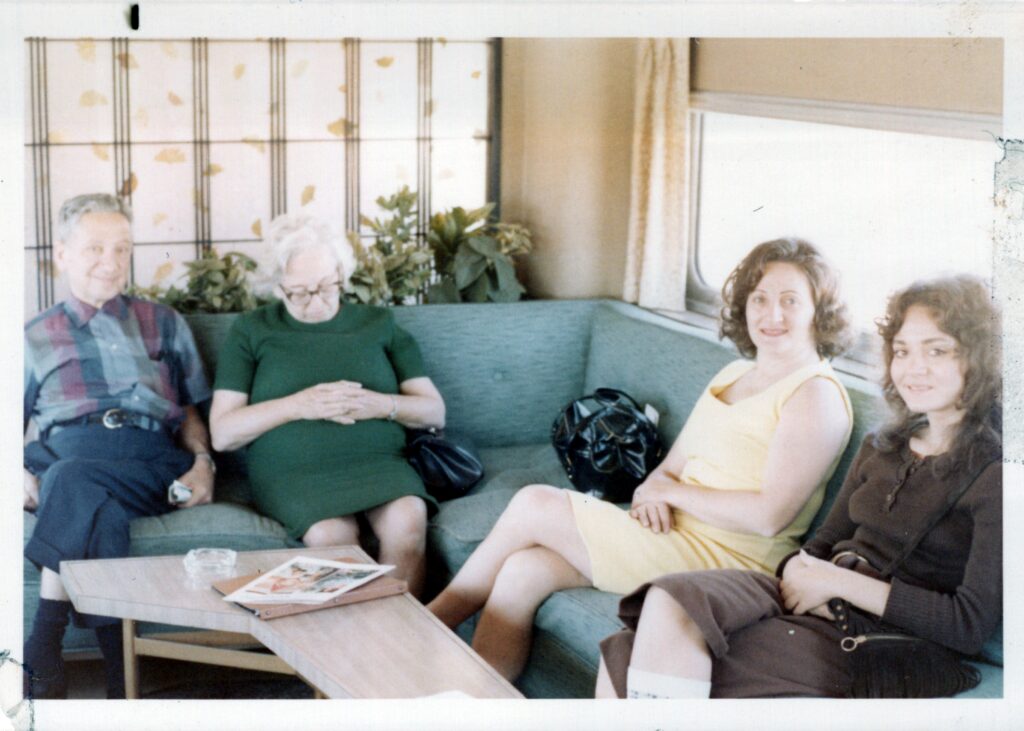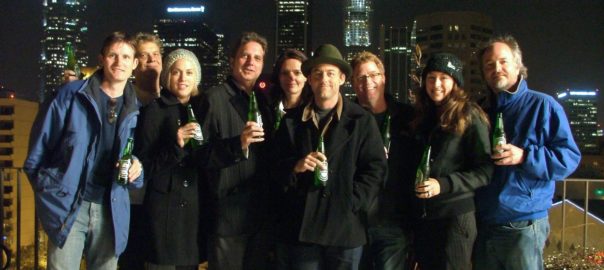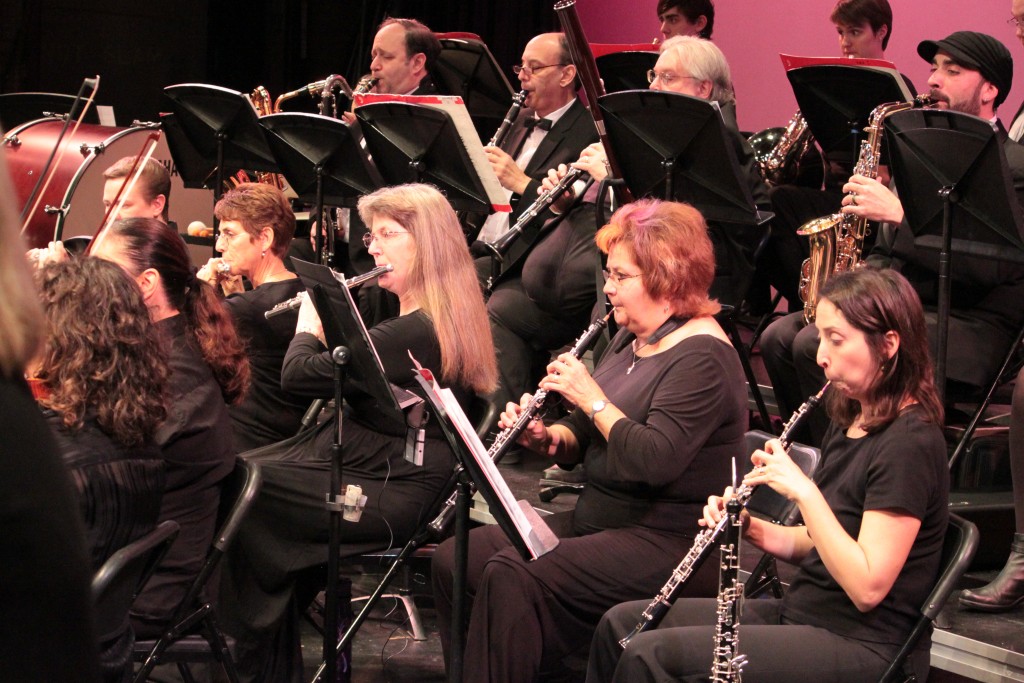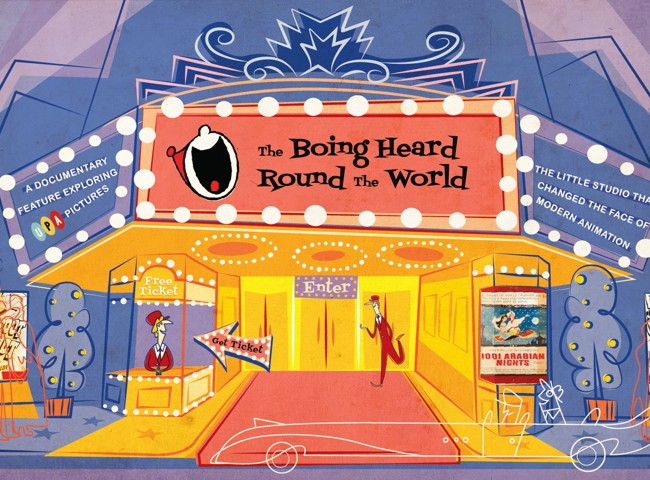By Braddon Mendelson
1971. My family was invited to Maryland to attend my cousin’s wedding, where my sister was to be a member of the bridal party. My mother decided it would be a great experience for us if we made a portion of the journey via train, a journey she had taken in the opposite direction as a young girl to visit her cousins in Los Angeles. On April 30, 1971, my mother, father, brother, sister, and I boarded the Santa Fe Super Chief passenger train #18 at Union Station in Los Angeles for a two-night excursion to Chicago (from where it would be a short flight to complete the second leg of the trip.)

It was an exciting adventure for a nine-year-old boy. The suite we occupied in Pullman sleeper car #186 joined together bedrooms A and B. It had eight bunks and two tiny bathrooms. Four of us slept on the lower bunks. My brother, Daryl, slept above me on an upper bunk, a memory he recalls vividly, recounting, “The ceiling was so very close to my face!”
I remember roaming through narrow passageways to explore different sections of the train: the dining car, lounge car, chair car, and observation car at the end. My favorite, however, was the dome car, the glass walls and ceiling of its upstairs deck affording a three-hundred, sixty-degree view of the surrounding territory. One could see whereto we were going and from whence we came. The beautiful vistas of the southwest surrounded us in hues of reds, yellows, and browns, canopied by a clear blue sky — a living diorama of color.
The whole family reacted viscerally to the power and beauty of transport by rail, the rhythmic clatter of the iron-on-iron wheels on tracks, the shifting scenery pushing past the windows in perspective — the closer landmarks at high speeds and the barely moving mountains in the distance – the sight of the last car following behind the arc of the train as we rounded a curve, but none of us fully understood at the time the significant role this particular ride would play in the history of the American railroad.

On May 1, 1971, we woke up to find a notice had been placed under the door of our room, indicating that Santa Fe was officially out of the passenger train business, and operations were now effectively in the hands of Amtrak, a public-private enterprise. This would be the very last time anyone would ride aboard the legendary Santa Fe Super Chief.
To Passengers enroute Chicago:
Due to the operation of this train by AMTRAK, effective May 1st, you will arrive in Chicago at the Union Station, and not at the Dearborn Station.
If you desire, your train escort who will board at Kansas City, will be pleased to send a telegram on your behalf to notify friends or relatives who may plan on meeting you upon arrival.
We regret any personal inconvenience this may have caused you.Santa Fe Railway
My parents later explained to me the historic nature of our ride, but it was not until research I did while sorting through photos and souvenirs after their deaths that I grasped the enormity of our adventure. The Santa Fe Super Chief was referred to as the “Train of the Stars,” the preferred manner of transporting Hollywood actors and executives across the country in style. The movie “3 for Bedroom C” starring Gloria Swanson was filmed almost entirely aboard the train. Presidents and dignitaries had used the Super Chief to traverse the nation from east to west and back. And my own family and I were on its very last run, an excursion indelibly etched into its history. We departed Los Angeles on the Atchison, Topeka and Santa Fe, and arrived in Chicago on Amtrak – a once-in-a-lifetime feat of railroad prestidigitation.

My mom saved everything from everywhere she ever went for her entire life, and ephemera from this trip was no exception. The receipts, ticket stubs and brochures were still in good condition. As they were of no benefit to anyone in a storage box in my garage, I scanned them for myself and then contacted the California State Railroad Museum in Sacramento. The curator agreed to accept the original items for their collection. These bits and pieces of a bygone chapter in the history of the railroad will be preserved forever, outlasting my memories.
As this fiftieth anniversary approaches, we can all wish a “Happy Birthday” to Amtrak, but let’s not forget it also marks the end of an important era in American transportation.
Related links:
California State Railroad Museum
Santa Fe “Super Chief” 1954 educational film




















